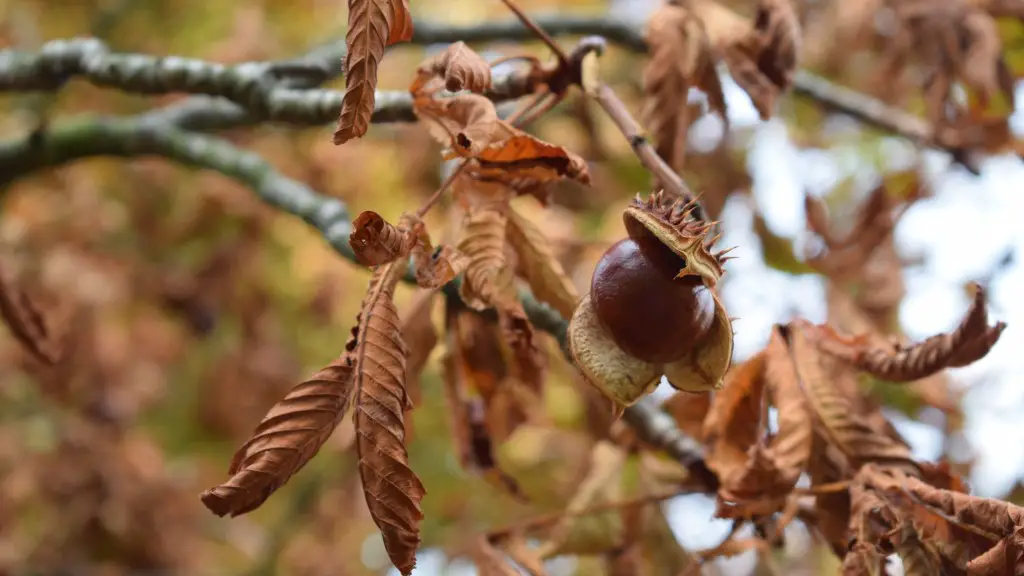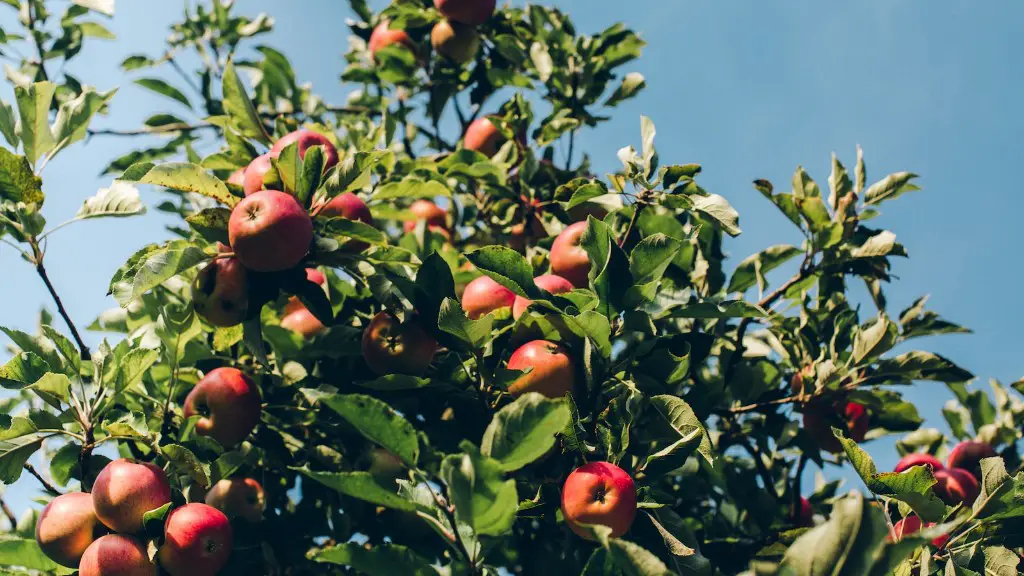Growing a valley lemon tree requires the right amount of attention and care – but it can be done! Here are some tips on how to make your valley lemon tree thrive:
1. Plant your tree in a sunny location in well-draining soil. Valley lemons thrive best in full sun and require plenty of soil drainage. Make sure the soil is slightly acidic, as valley lemons prefer soil between pH 5.5 and 6.5.
2. Mulch to help conserve moisture in the soil and decrease weeds. Mulch can also help moderate the soil temperatures around the root system of your tree.
3. Water your tree regularly – about twice a week – to keep the soil moist. Valley lemon trees need regular watering to help them thrive, especially during the hot summer months.
4. Prune your tree in early spring to maintain its size and shape, allowing it to receive as much sunlight as possible. Be sure to use a sharp instrument to help prevent any damage to the branches.
5. Fertilize your tree once in early spring and once in summer. Use a citrus fertilizer with a compost mix to help your tree get all the nutrients it needs to grow healthy fruit.
6. Control the pests. Valley lemon trees are prone to pest attacks such as aphids, mites, scales, and mealybugs. Use natural pest control methods such as neem oil or soap spray, or use chemical insecticides.
7. Harvest your lemons when they look ripe and ready. Use a pair of scissors or pruners to cut them off the tree, making sure to leave the stem intact to avoid damaging the tree.
Caring for Valley Lemon Trees
Properly caring for a valley lemon tree is essential to ensure it produces a bounty of juicy lemons year after year. Watering is crucial and should be done regularly, especially during the hot summer months, to ensure the soil is consistently moist.
Pruning is also important and should be done early in the spring. This will keep your lemon tree to a manageable size and shape and allow the tree to receive as much sunlight as possible. Fertilization is also important, so be sure to use a citrus fertilizer with a compost mix for all-round nutrition.
Controlling pests is essential to maintaining a healthy valley lemon tree. Natural pest control methods, such as neem oil or soap spray, can be used or chemical insecticides can be used in more serious cases.
Lastly, make sure your harvesting your lemons when they look ripe and ready, carefully cutting them off the tree with a pair of scissors or pruners.
Valley Lemon Tree Diseases
Valley lemon trees are susceptible to a few diseases, such as rust, black spot, powdery mildew, root rot and Citrus Canker. Rust can be identified by yellow-orange spores forming on the underside of the leaves. Black spot can be identified by small, dark spots forming on the leaves, stems and even the fruit. Powdery mildew is a white powder that forms on the leaves and stems.
Root rot can be identified by yellow or brown leaves and wilting branches. Citrus Canker, on the other hand, is a bacterial disease that produces small cankers on the fruit and leaves. In order to prevent these diseases, it is important to provide well-draining soil and keep the tree free of any dead leaves or branches.
Fungicides can be used to control some of these diseases. However, it is important to read the label carefully to ensure you are using the correct type of fungicide.
In addition, make sure to provide your lemon tree with plenty of sun and water and proper nutrition, as healthy trees are less prone to diseases.
Valley Lemon Tree Pollination
Valley lemon trees require pollination in order to produce fruit. Lemon trees are pollinated by bees or other pollinating insects and can be hand-pollinated as well. To hand-pollinate a lemon tree, transfer pollen from the male flower of the tree to the female flower.
Once the pollen is successfully transferred, the female flower will develop into a lemon, and when the fruit starts to ripen it will begin to turn yellow. To ensure successful pollination and increased fruit production, provide the tree with adequate water and fertilize regularly.
In addition, ensure the tree is kept healthy and free of pests. Lastly, provide your tree with enough sunlight – valley lemon trees prefer full sun, so make sure it’s planted in a sunny spot.
Pruning Valley Lemon Trees
Proper pruning is important for healthy growth and optimal fruit production in valley lemon trees. Pruning should be done early in the spring to help control the size and shape of the tree, allowing it to receive as much sunlight as possible.
Make sure to use sharp, clean pruning shears, as this will help prevent injuries to your tree. Pruning should be done judiciously, as too much pruning can actually reduce your lemon tree’s fruit production.
It is also important to avoid pruning new growth or other areas of the tree that do not need it. Finally, after pruning, fertilize the tree to help promote new growth.
Pest Control for Valley Lemon Trees
Pest control is an important part of keeping a healthy valley lemon tree. Aphids, mites, scales, and mealybugs are all common pests that can infest lemon trees. Natural pest control methods, such as neem oil or soap spray, can be used to treat the tree.
If natural methods do not work, chemical insecticides can be used as a last resort. It is important to read the label of any insecticide carefully and follow directions precisely to ensure the best results.
Pest control is essential not only to prevent damage to your lemon tree, but also to keep the fruit safe for consumption. To help prevent pests, make sure to keep your tree healthy and free of dead leaves or branches.
Harvesting Valley Lemons
Harvesting your valley lemons is easy – when the lemons look ripe and ready, cut them off the tree with a pair of scissors or pruners. Be sure to leave the stem intact to avoid any damage. Lemons can be left on the tree for some time, as they will continue to ripen even after harvesting.
Once harvested, lemons can last up to seven days if stored in a cool, dry place. Lemons can be stored in the refrigerator to extend their life span up to several weeks. Finally, the harvested lemons can be used in salads, baking and beverages, or made into homemade cleaning supplies.




